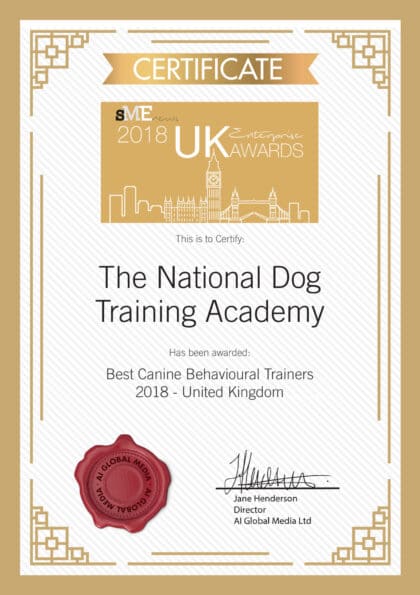
How To Crate Train Your Puppy In 7 Days
Introduction
Crate training your puppy is one of the best ways to speed up toilet training, reduce stress, and create a calm home. In this guide, UK dog trainer Sandra Lawton shows you how to do it in 7 days.
Why Crate Training Works for UK Dog Owners
Done right, crate training:
- Speeds up toilet training
- Encourages calm independence
- Provides a secure space when you’re busy or away
- Helps prevent destructive chewing or stress
You might want to check out this article, too: Welcome to Puppy Parenthood: Your Essential Guide to Success
So, you’ve just brought home that adorable ball of fluff? Brilliant! But now what? Don’t worry – we’ve got you covered with everything you need to know to give your new family member the best start in life.
Let’s look at the 10 must-know aspects of raising a happy, healthy pup (and keeping your sanity intact!)
What Size Crate Should I Use for My Puppy?
Choose a crate at least 15 cm longer and taller than your pup. Use a divider to adjust the space over time. Remove your puppy’s collar when crated unsupervised.
Where Should I Put the Crate?
- Quiet, low-traffic area (like a bedroom corner)
- No direct sunlight or draughts
- Soft bedding, fresh water nearby
How Do I Get My Puppy to Like the Crate?
- Treats/toys inside
- Feed meals in the crate
- Special stuffed Kong for crate only
- Calm praise when they go in
How Do I Introduce the Closed Door?
- Sit nearby, stroke them through the bars
- Short 1–2 minute sessions
- Stay visible while they settle
How Do I Get My Puppy Used to Being Alone in the Crate?
- Sit further away during crate time
- Leave the room briefly
- Run short errands
- Return only when puppy is calm
Daily Crate Routine Ideas
- Nap time
- Meals
- Visitors arriving
- Shower or cooking time
- Any unsupervised times
Common Mistakes to Avoid
- Only closing crate when leaving
- Long, unsupervised periods
- Rewarding whining
Crate Training Checklist ✅
- Right-sized crate, quiet space
- Use food/toys to create positive links
- Gradual closed-door practice
- Only return when quiet
The Payoff: A Calm, Confident Dog
Patience and consistency pay off. Your dog sees the crate as a safe haven.









